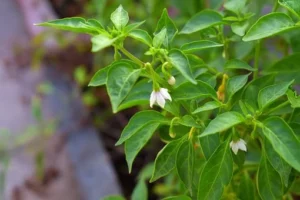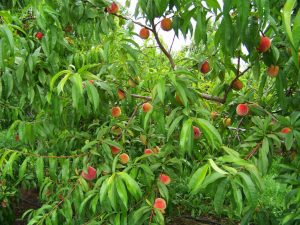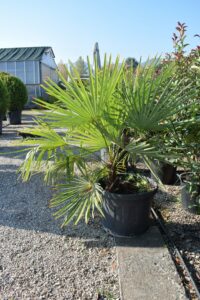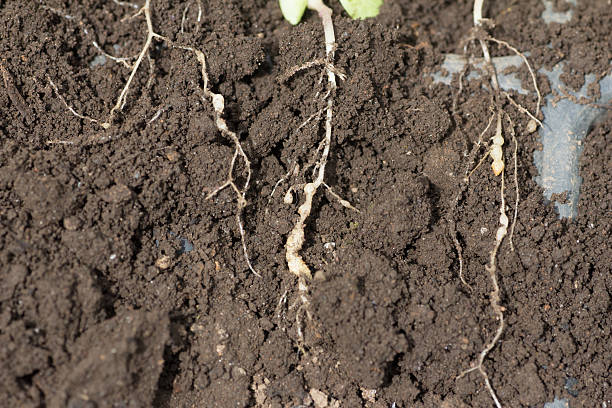
The word "threaded" (nematoda or nematelminthes) came from the Greek word "thread" (thread or threadworms). Nematodes are tiny organisms hidden in the soil that can cause significant damage to crops. They are parasites and rely on keeping the plant alive so that it continues to be a constant source of food for them to multiply.
Description
Phytoparasitic nematodes are complex, eukaryotic, invertebrate organisms. Their body is surrounded by skin and in their oral cavity they carry a dagger that can move with the help of their muscles. With the dagger they pierce the cell walls and suck their contents causing necrosis of the cells and formation of necrotic spots.
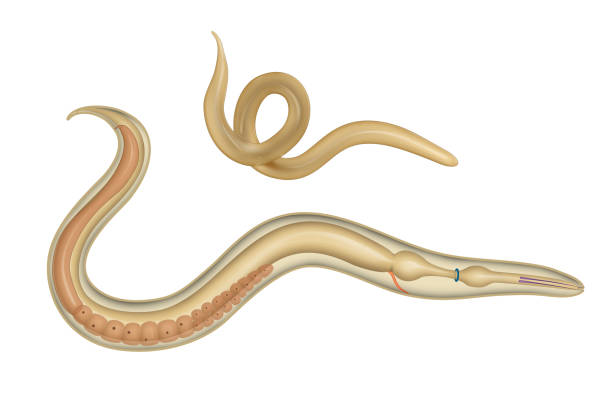
Biological cycle
In general, nematodes reproduce natively. There are two sexes. The biological cycle of nematodes includes the egg stage, 4 larval stages and the adult stage. Females produce eggs in a colorless, gelatinous substance that protects them from drought. The first hatching takes place inside the egg and 2nd stage larvae hatch within 9 to 31 days depending on temperature, soil moisture and oxygen. The lower the temperature, the longer the hatching time of the eggs. The duration of the biological cycle depends on the temperature, the suitability and the sensitivity of the host and is completed at temperatures of 14-32οC (excellent 27οC), while at temperatures above 40οC the nematodes die.
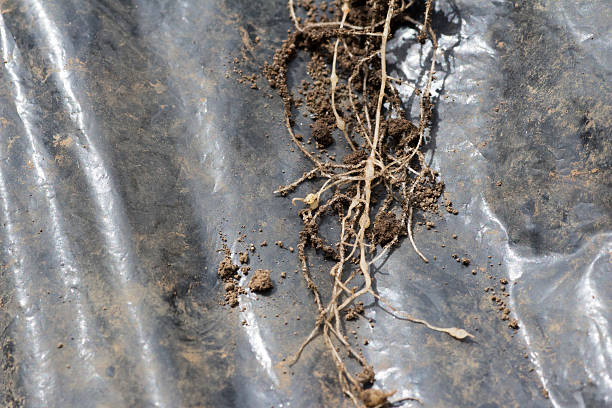
Symptoms
The damage caused by nematodes to plants can be:
- Necrosis: Epidermal or cellular caused by parasitism due to secondary causes (enzymes, pathogens) or upon the entry of certain species of nematodes into plant tissues.
- Infections: Various viruses or other diseases can be transmitted to plants during their parasitism by various species of nematodes. These diseases can be more destructive than nematodes.
- Decline of the plant: From the absorption of plant juices to feed parasites.
Propagation of nematodes
The nematodes can not move more than a few centimeters by themselves. Their dissemination is achieved:
- By transporting contaminated soil, plants and plant products.
- By planting infected seeds, tubers, bulbs, seedlings, seedlings, etc.
- With rain water and irrigation, with floods.
- With the air that can disperse the eggs and cysts of nematodes.
- With insects.
Tackle
A. Natural ways
- Cultivation of the field
- Early cultivation
- Crop rotation
- Fallow
- Durable varieties
- Soil disinfection
B. Biological ways
Nematodes are reduced by competing plants, such as asparagus and marigold. Also, they can be attached to plant-traps using natural enemies (bacteria, parasites, etc.).
C. Chemical methods
It is the most effective method of controlling the nematode population. There are several types of nematodes that kill or immobilize nematodes

Prevention
- Soil preparation with plowing for exposure of nematodes to air and sun.
- Solar disinfection. The process of sun disinfection lasts for 4-6 weeks.
- Ensuring healthy plants. The propagating material to be used must be free of nematodes.
- Alternation of crops with plants that are not nematode hosts.
- Use of resistant hybrids or varieties.
- Growth of soil organic matter




